Every company, whatever its size or sector of activity, is required to take an inventory of its stock at least once a year. In addition to this legal obligation, stocktaking can meet other challenges throughout the supply chain: providing reliable financial indicators, improving overall company performance, improving the accuracy of inventory data, etc. To meet these challenges, a number of stocktaking techniques have been developed: originally manual (using binoculars and paper/pencil, for example), inventory can now be carried out using a barcode scanner, assisted or not by WMS-integrated inventory management software, and more recently, greatly optimized by the emergence of new technologies including RFID, weight sensors, AI solutions, drones, and inventory robots.
In this article, we’ll be focusing specifically on the inventory drone, how it works, its advantages and disadvantages for companies, and the selection criteria that may justify its application.
Contrary to popular belief, a drone is not necessarily a flying device. In reality, it is a flying or ground-based device, without a crew or pilot on board, and whose operation is fully automatic or remote-controlled.
Inventory drones incorporate advanced technologies such as sensors, high-resolution cameras, and sophisticated navigation systems to scan barcodes while navigating their environment. They are designed to optimize and automate inventory processes in various environments. Operating fully autonomously or semi-autonomously with the supervision of a logistics operator, they are equipped with cameras capable of reading barcodes (1D or 2D) or other merchandise identification systems (RFID, artificial intelligence, etc.) allowing them to collect information on stored units, their location or condition. The collected data is then transmitted and analyzed in inventory management or corrected directly in the warehouse management software (WMS).
Inventory drones can be used in various sectors, with storage requirements varying according to the type of material stored. Among these sectors, we will distinguish between indoor and outdoor environments, as well as specific storage modalities for which drone use seems relevant.
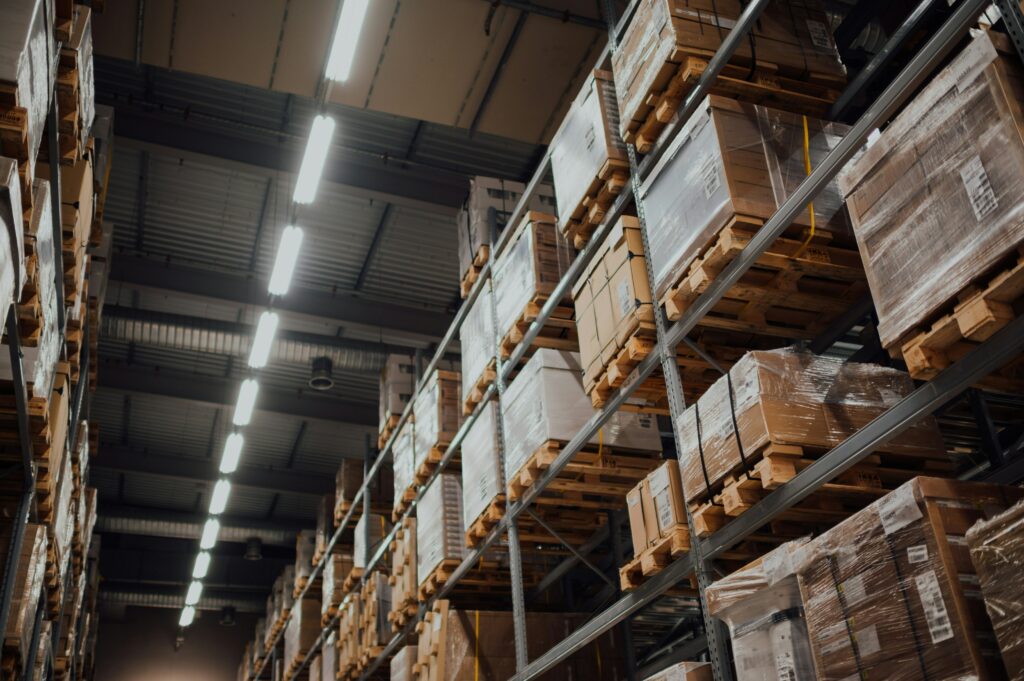
In warehouses: Inventory drones are particularly well-suited for logistics warehouses as they can perform rapid and accurate inventories of products that are sometimes stored high up or difficult to access. Several storage methods are possible, each with its own characteristics in terms of automating logistics inventory. Logistics warehouses have the advantage of being standardized controlled environments on an international scale, facilitating the deployment of automatic systems (drones or robots).
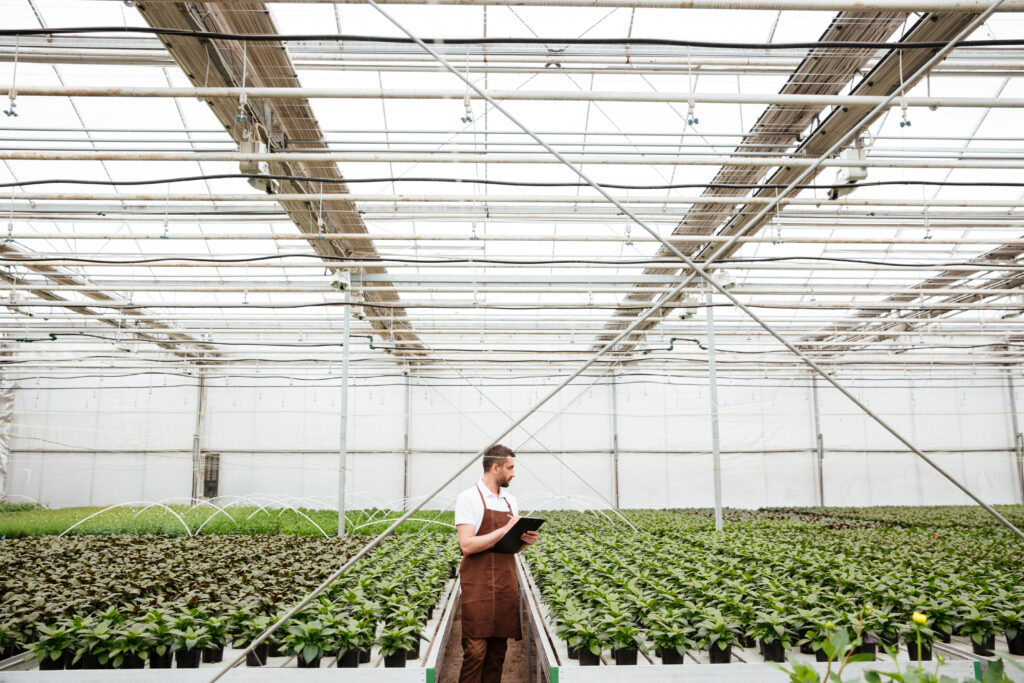
Agricultural greenhouses: Greenhouses, like warehouses, contain a large quantity of stock in production. Equipped with multispectral cameras and environmental sensors, drones can, for example, detect early water stress, deficiencies, or diseases, optimizing the quality and yield of harvests.
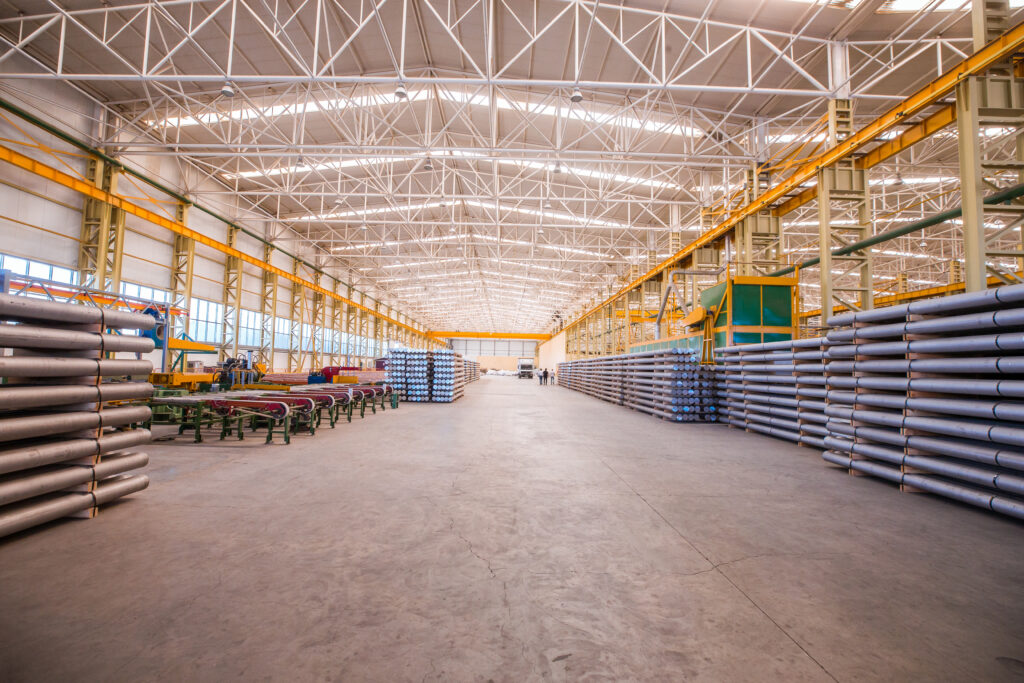
Hangars: Just like warehouses, the use of logistics drones in hangars can enable stocktaking of stored products, by identifying and locating units stored on the ground.
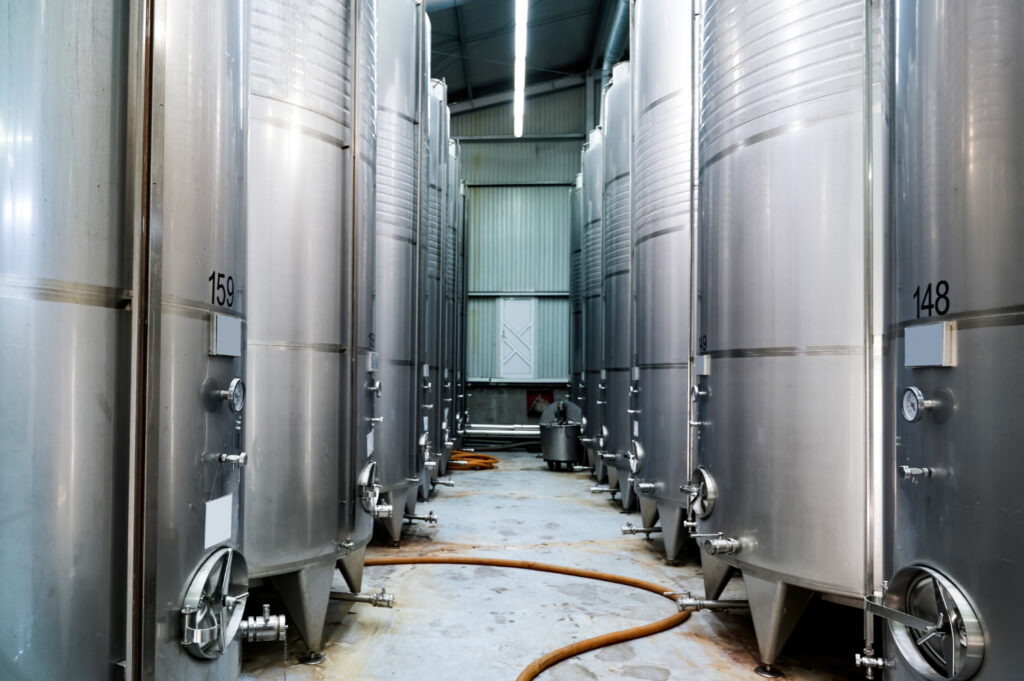
Silos: Equipped with LiDAR sensors or thermal imaging systems, flying or rolling drones can accurately monitor and measure the level of stored materials and the presence of contaminants.
While drones can be used in a multitude of outdoor environments, their use is particularly relevant in certain specific industries.
This is particularly the case for:
Other industries can greatly benefit from the use of inventory drones. These include the port, oil and gas, recycling and building and construction industries.
Inventory drones can adapt to a variety of storage methods, including:
Inventory drones offer many benefits to companies, not least in terms of overall improvement in financial and logistical performance, and staff safety. These benefits include:
Time and efficiency savings: drones can scan hundreds of products in just a few minutes (by way of comparison, with traditional methods, an operator scans an average of 1 location every 70 to 90 seconds).
Improving the accuracy of stock data: high-resolution cameras guarantee the reliability of scanned data. Drones also reduce human error (duplicates, omissions, etc.).
Enhanced employee safety: By flying up to several dozen meters, the use of inventory drones eliminates the need for logistics operators to work at heights or in dangerous areas (limiting the risk of falls or work accidents).
Cost reduction: The use of an inventory drone reduces the need for additional human resources, as well as the rental of heavy, expensive equipment (“aerial platforms”, forklift trucks). What’s more, the improved accuracy of inventory data has a direct impact on the company’s operational, and therefore financial, efficiency.
Less downtime: Annual stocktaking often requires several days’ downtime. As a much more efficient alternative to a traditional inventory, the inventory drone drastically reduces downtime (only 1 day’s interruption to scan 25,000 locations with the EYESEE drone). In some cases, when drone operation allows co-activity, no downtime is necessary.
Overall, the advantages of inventory drones often outweigh the disadvantages, especially for companies with large warehouses and large inventories. However, it is important for companies to carefully evaluate the costs and benefits before deciding to adopt this technology.
To choose your inventory drone, it is important to consider different selection criteria.
Warehouse size: The larger the warehouse, the more efficient the drone must be in terms of ease of implementation and speed, and it should not generate significant infrastructure costs (base, codes, beacons, etc.) to cover large distances and complete the inventory within a reasonable timeframe. It is therefore important to choose a drone that can fly for a sufficiently long time without infrastructure and fast enough to cover the entire warehouse within a reasonable timeframe.
Type of identification of logistical units: Inventory drones can be equipped with different types of sensors (barcode readers, Datamatrix, QR codes, RFID, etc.) to identify products. It is therefore important to choose a drone equipped with the type of sensor adapted to the logistical units used in the warehouse.
Possibility of implementing coexistence: The inventory drone must be able to operate safely and without disrupting other warehouse activities for too long, such as order picking or pallet movement.
Type of storage of stored logistical units: Goods stored on the ground, stacked, stored in high racks, one or more deep, or on accumulation racks do not require the same control methods. Some types of storage complicate controls or may require specific sensors or cameras to be properly identified.
Storage height: The drone must be able to access products stored at height, which may require the use of drones equipped with tilting cameras or precise positioning systems to keep the drone at the correct height.
As you can understand, the best inventory drone solution will depend on your environment, your traceability system, and the type of units stored.
We have chosen to offer a semi-autonomous, lightweight solution that can be easily adapted to pallet racks, without any infrastructure.
What functions does EYESEE offer?
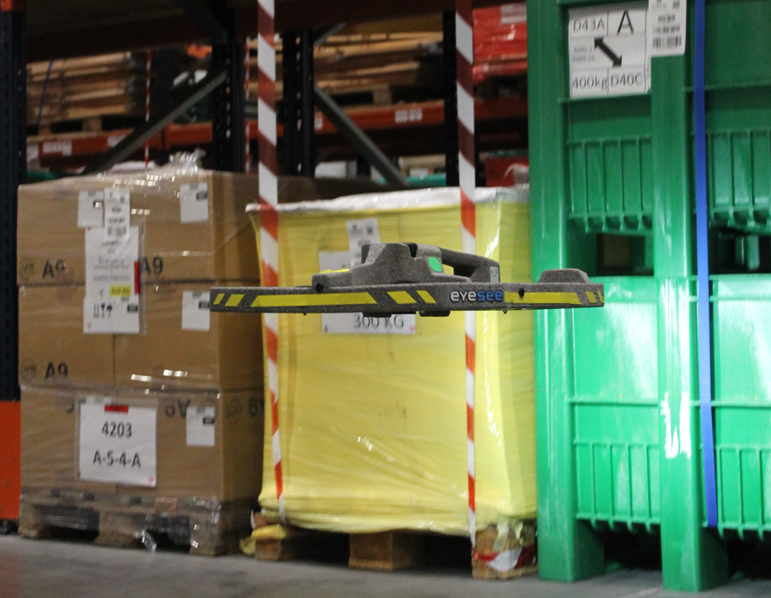
L’Oréal: The l’Oréal Cosmétique Active plant adopted EYESEE in 2018. The EYESEE solution has enabled L’Oréal to obtain 100% pallet reading, to switch to cycle count inventory in place of the annual fiscal inventory. The uninterrupted availability of the logistics center has enabled the plant’s production days to be increased, with a return on investment in less than a year. To find out more
GKN: GKN, a world leader in the supply of engineering systems and services, also uses drones for inventory control. Thanks to the use of EYESEE, GKN Driveline has been able to cut its inventory times by 3, reduce associated costs, improve the accuracy of inventory data and reduce the risk of accidents linked to working at height. To find out more
If you would like to know all the benefits of implementing an EYESEE drone, please do not hesitate to contact our teams or fill out the form below directly to test the eligibility of your logistics site.
Every year, companies embark on the tedious task of conducting warehouse inventory, and counting all their stocks. While necessary, this process can be time-consuming. There are various types of inventories, each with different goals, ranging from basic stock control to more specific measures like label errors, product defects, or quantity discrepancies.
But which inventory method is suitable for your needs? Find out more about the different types of inventory and their purpose.
Initial warehouse inventory is taken at the start of the business or year, before stock additions and purchases. In contrast, the final stocktaking is done at the end of the fiscal year, to determine remaining assets, sales and the impact of commercial activities.
There are 4 types of inventories based on the frequency at which they are conducted:
Annual fiscal inventory: This is used to confirm activity and accounting inventory, and is conducted once a year. This is a time-consuming inventory, since all stock references are counted in a short space of time. Generally speaking, the company has to put its business on pause for several days and mobilize many of its employees, even recruiting additional staff to complete the core workforce. It’s an inventory that requires thorough preparation and a lot of organization. This type of inventory also has a significant direct cost (material and staff mobilized) and indirect cost (cost of business interruption).
Periodic inventory count: Conducted several times a year, covering all stocked references.
Cycle count: Regularly counting groups of references and products stored throughout the year, at defined periods. It enables you to prioritize the counting of certain references (according to their value, volume, turnover rate, etc.). It is scheduled periodically, reducing the workload compared with an annual inventory. As it only concerns certain parts of the warehouse, there’s generally no need to suspend activity, and available stock quantities can be updated more regularly. This type of logistics inventory count is less time-consuming and more flexible, but it does require upstream organization and a great deal of discipline. In addition, this type of inventory count enables each location or part number to be checked more than once, thus increasing the quality of stock data.
For this type of inventory, products are classified into different categories, so that they can be inventoried separately. Although not the most widespread, this type of inventory can be useful, since the storage system or movements of different products will differ from one category to another. These inventories include:
Depending on how your warehouse is organized, some areas are often organized by function (as may be the case for in-transit or reserve stocks) rather than by product type. In such cases, it may be appropriate to use an inventory that focuses on the function of the goods, rather than their type. In this case, inventories may be considered for :
Stock in transit, refers to goods in transit between the warehouse, the supplier, and the company (goods which have been ordered and are about to be dispatched). Depending on the volume of business and the flow of goods, it can sometimes exceed warehouse stock.
Reserve or safety stock is intended to prevent stock shortages (due to supplier delays, internal malfunctions, variations in demand or economic conditions).
Lastly, decoupling stock is used to differentiate between logistics inventory before and after production, by measuring the rate of goods sold out.
There are a multitude of other types of inventory that can be used to address specific issues or provide business-specific metrics. These include, for example, the inventory of inactive, dead or lost stock (which makes it possible to reference products that cannot be marketed for various reasons: expiration date, deterioration, defective product, etc.); the inventory of available stock (products that can enter directly into the sales cycle).
The choice of inventory method to be adopted is largely influenced by the nature of the company and the particularities of its operations. Each company will choose its type of inventory to match the issues and constraints of its business and the resources at its disposal. It is therefore essential to understand operational needs to ensure optimal inventory management.
First of all, ask yourself what the main objective of this inventory is. Is it primarily to address accounting concerns, to ensure inventory accuracy, or to meet other specific business needs?
For example, in a logistics warehouse with a high flow of goods and a large volume of part numbers, it may be worthwhile to set up a permanent inventory, as the volume of activity is likely to generate numerous stock errors. On the other hand, a small warehouse with few references and few flows may be satisfied with an annual or periodic inventory, as its activity is limited.
Combining several logistical inventory methodologies to meet different objectives is also a common practice. For example, keeping an annual physical inventory combined with a cycle counting inventory of all or part of your stock may be a good way of meeting the challenges of closing financial accounts and ensuring stock quality, a requirement with an operational purpose.
Although there are many different types of warehouse inventory, the main aim of each method is to optimize storage and inventory management and maximize the profitability of operations. With this in mind, the automation of inventory control appears to be an essential solution for increasing efficiency and productivity.
In addition to its accuracy, automation reduces the labor costs involved in logistical inventories (fewer work-related accidents, higher productivity), and provides better inventory visibility.
There are many automation solutions, including:
Our EYESEE drone inventory solution is designed to simplify and optimize inventory processes, with a particular focus on cycle counts. Its core operation is based on counting locations and reading barcode labels. It is specially designed for accurate counting of SKUS in filmed and complete pallets.
Its light weight and infrastructure-free autonomy mean it can be used efficiently aisle after aisle, scanning around 500 locations per hour, making it suitable for both annual physical inventories (using several drones in parallel) and cycle counts (with a single drone). The ability to operate at heights of up to 20 meters also simplifies internal organization. There’s no need to book or hire scissor lifts to scan high locations, making it a practical solution that’s easy to integrate into cycle counting operations.
If you’d like to find out more about the benefits of using the EYESEE solution, please contact our team or fill in the form below to test your logistics site’s eligibility.
After 4 demos in the AFTRAL centers of Grenoble, Moulins, Saint-Quentin-Fallavier and Bourg-en-Bresse, EYESEE continues its roadshow in Valence and La Motte-Servolex.
On February 21 and 22, 2023, our team went to the AFTRAL centers of Valence and La Motte Servolex, for a flight demonstration of the EYESEE solution.
On the agenda:
Video feedback on these 2 demos 👇
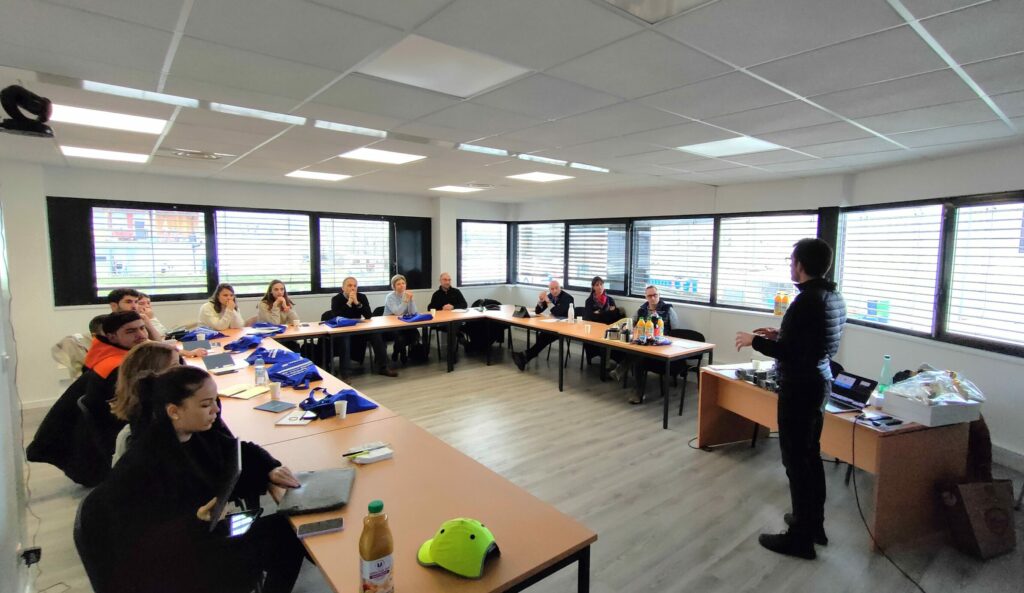
“This partnership with AFTRAL is really an obvious one. It is a win-win event. Indeed, we have the same interest in bringing logistics professionals, either who want to discover innovative solutions, or who want to recruit staff to run their warehouses or drive their trucks. We have also recruited a former student of Aftral who is now in charge of drone deployment at EYESEE”, says Clément Roulet-Dubonnet.
After these events in Auvergne Rhône-Alpes region, next demonstrations are currently being organized in different regions in order to meet and show on the field how the EYESEE solution works. Contact us if you would like to organize a demo in your facility or warehouse.
Launched in the summer of 2021, the partnership between AFTRAL through its many training centers and EYESEE, the drone inventory solution, is gaining momentum during the EYESEE Roadshow. The demonstration carried out on the site of Saint Quentin Fallavier led by Elodie Labrune launched the 2023 season off to a flying start.
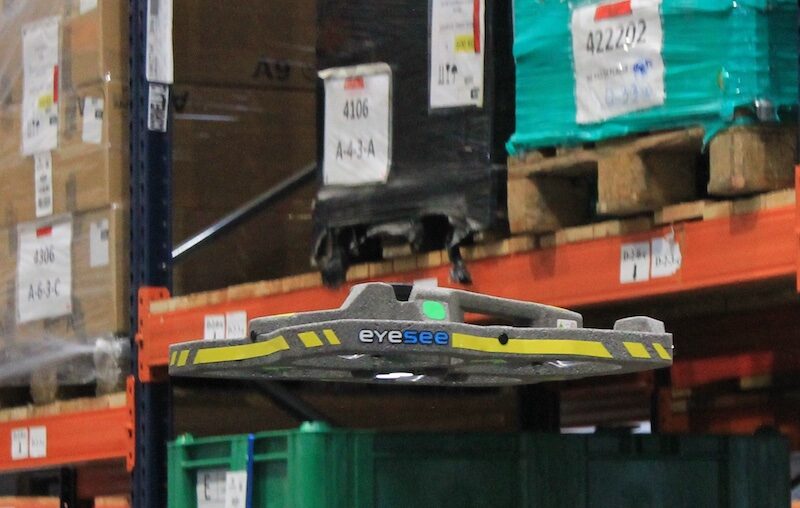
Maxime Vincendeau and Michaël Motte from Le Roy Logistique, an EYESEE client for several years, came to testify about their use of the solution in their own warehouses. This testimonial made it possible to make the demonstration in a monitored environment (in this case the training center) even more practical and to illustrate it with production use cases in active warehouses.
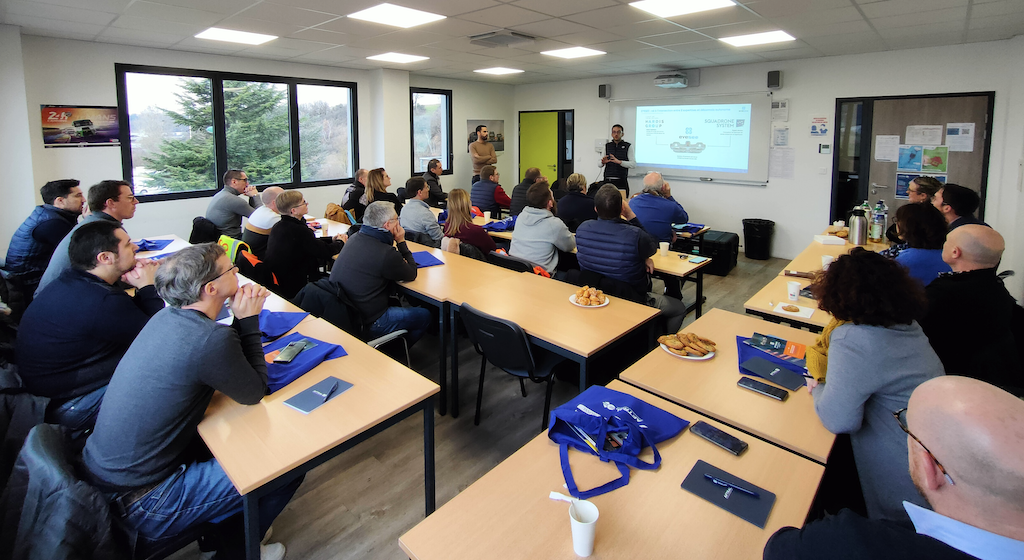
“We are very grateful to Le Roy Logistique for coming to testify about their use of EYESEE. Who’s better than a customer to talk about our solution?”
– says Clément Roulet-Dubonnet
The demonstration on January 23, 2023 took place in the heart of the Chesne business park in Saint Quentin Fallavier. This extremely dense area is home to numerous regional, national and international logistics and industrial companies.
“In our policy, it’s important to us to rely on the local ecosystem. In this regard, to make ourselves known, it was quite natural to begin nearby – EYESEE is based in Grenoble. We are really grateful to AFTRAL and Elodie Labrune in particular. She opened the doors of her logistics and transport training center to us, which is perfectly suited for demonstrations of our pallet inventory solution by drone.” – adds Clément Roulet-Dubonnet, VP Marketing”
The area’s many companies are always on the lookout for new talent and new ways to improve their productivity, performance and reduce their environmental impact: in a word, innovation.
The event organized in a few months was quickly a success, the organizers then decided to double the sessions to respect the maximum capacity of the center. In the end, dozens of companies came to the different sessions, represented by about fifty people.
Following this great demonstration, next demos of the other AFTRAL centers on the EYESEE Roadshow list will be organized throughout the year in different areas in order to meet and show in the field how the EYESEE solution works.
Thanks to AFTRAL, all the EYESEE team and Le Roy Logistique
The EYESEE drone warehouse project became the laureate of the call for projects “Entreprises Engagées pour la Transition Ecologique” (Companies Engaged in the Ecological Transition) and was supported by the ADEME.
ADEME (French Environment and Energy Management Agency) is an expert agency that meets the challenges of ecological transition, in order to build a sustainable future in a low-carbon world.
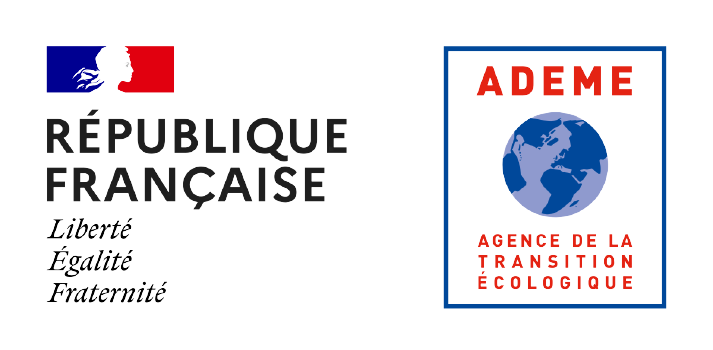
EYESEE has participated in this call for projects by presenting the automatic drone inventory solution and its benefits in terms of reducing the negative impacts generated by using manual inventory. In fact, the drone inventory solution for logistics warehouses significantly reduces the environmental impact of warehousing activities while providing economic benefits. Extensive studies are currently being carried out to precisely quantify the differences.
The inventory mobilizes a lot of resources and has a negative impact on the environment. The standard manual process, i.e., the use of scissors lifts and scanners, is a low-value-added activity that poses safety (working at heights), quality and reliability problems due to human error. It requires the transport of scissors lifts (often rented, sometimes managed internally) to the logistic site and this causes a high environmental impact due to the transport of scissors lifts by truck (from 2 to 4 tons per scissors lifts).
Inventory is resource intensive and has a negative impact on the environment. The standard manual process, i.e., using cradles and scanners, is a low-value-added activity, with safety (working at heights), quality and reliability issues due to human error. It requires to bring on site platforms (often rented, sometimes controlled internally) and it has a high environmental impact due to the transport of these platforms by truck (from 2 to 4 tons per platform).
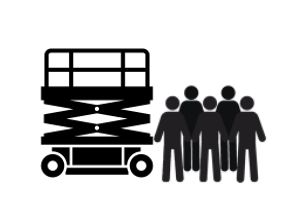
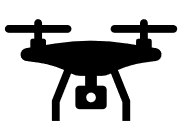
The use of EYESEE inventory robot therefore eliminates the use and trucking of scissors lifts for inventory activities by using a drone to collect data. Moreover the energy consumption per location visited is 10 times lower with a drone than with a scissors lifts.
For these reasons and many others, EYESEE drone warehouse is the laureate of the EETE (Companies Committed to the Ecological Transition) call for proposals, which consists in supporting the international diffusion of the progress brought by this modern and economical method of carrying out inventories in a rack.
Multilingual WordPress with WPML